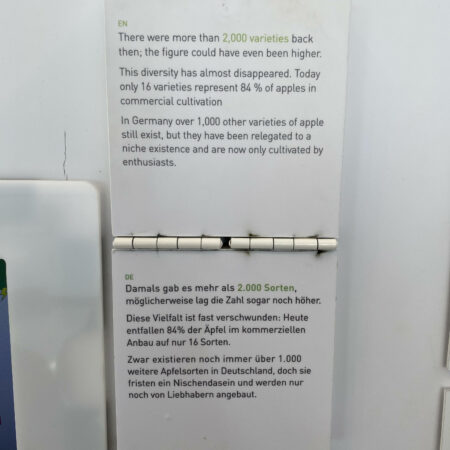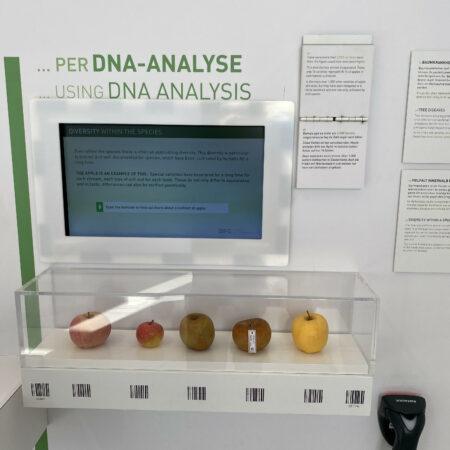The latest Seed Systems newsletter from the Alliance of Bioversity & CIAT has an interesting roundup of examples of the role of root and tuber crops in crisis situations:
- Uganda: Refugee, host communities find relief and stability in orange-fleshed sweet potato
- Mozambique: Reaching humanitarian and neglected places with the nutritious and resilient sweetpotato: The case of the Cyclone Idai in Manica and Sofala Provinces, Mozambique
- Madagascar: Anti-malnutrition initiative targeting drought-affected populations exceeds expectations in 18 months
- Cameroon: Relief group travels hundreds of kilometers to feed school children in Cameroon, braving roadblocks to grow orange-fleshed sweet potato in conflict-affected areas
- Haiti: Improving the sweet potato seed system in a challenging humanitarian environment
- Ethiopia: Discovering hope: Potato and sweetpotato technology transforming lives in drought and conflict-affected Ethiopia
- DRC: IITA and CIP provide Eastern DRC relief efforts with RTB planting materials
- Philippines: Crop resistance and household resilience – The case of cassava and sweetpotato during super-typhoon Ompong in the Philippines
- Ecuador: Efforts of researchers and other stakeholders to manage an unfolding epidemic: Lessons from potato purple top in Ecuador
I think we may have included some of these in recent Nibbles and Brainfoods, but it’s nice to have them all together.



